Weimar Republic postage stamps year 1922 5m Mark full sheet MNH
That’s a great stamp to be interested in! The Weimar Republic 5 Mark stamp from 1922 is a fascinating piece of postal history, directly linked to the beginning of the period of hyperinflation in Germany.
Here are the key details about the 5 Mark stamps issued by the German Reich (Deutsches Reich) during the Weimar Republic in 1922:
🇩🇪 Key Information on the 1922 5 Mark Stamps
- Historical Context: 1922 marks the year when the post-World War I inflation began to accelerate rapidly, leading up to the catastrophic hyperinflation of 1923. The increasing denominations of stamps (like the 5 Mark value) reflect the falling value of the German Mark (Papiermark).
- Multiple Issues: The 5 Mark value was issued in several distinct designs or series in 1922, including:
- “Workers” or “Large Figures” Series (Mi. Nr. 194): Issued in February 1922, often featuring a simple design with a large numeral “5 Mark” or a design representing one of the working classes (though some of the specific “Workers” stamps came a bit later). The February 1922 issue (Michel Mi. Nr. 194) is one of the more common 5 Mark stamps of the year.
- Posthorn Issues (Mi. Nr. 205): A later issue in May-October 1922 also included a 5 Mark stamp, often printed in two colors (Orange & Yellow).
- Overprinted Stamps: Earlier stamps from previous years were also overprinted with new, higher values during this period, though 5 Mark was often a base denomination for the 1922 issues.
- Rarity and Value:
- General Availability: Most single 1922 inflation stamps, including the 5 Mark denomination, are not considered rare in used condition. They were printed in massive quantities.
- Collector Value: The value for a common used or unused single copy is typically low, often just a small number of US dollars or euros.
- Higher Value Items: Increased value is generally found in specific varieties, mint condition full sheets, stamps on original cover (especially those with rare cancellations or usages), or specific printing errors.

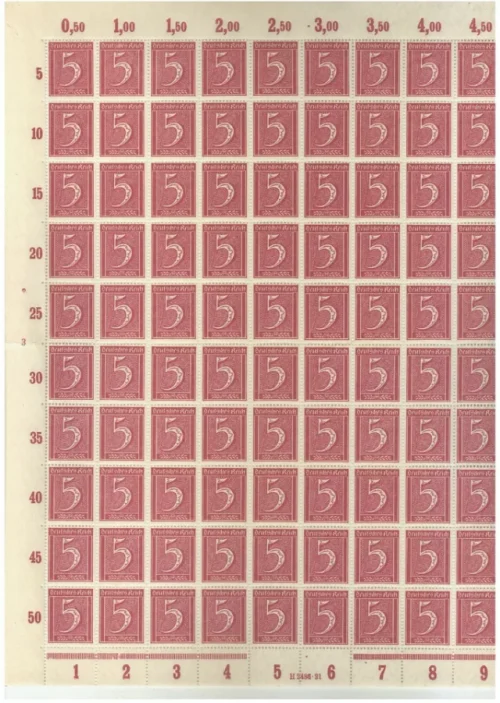
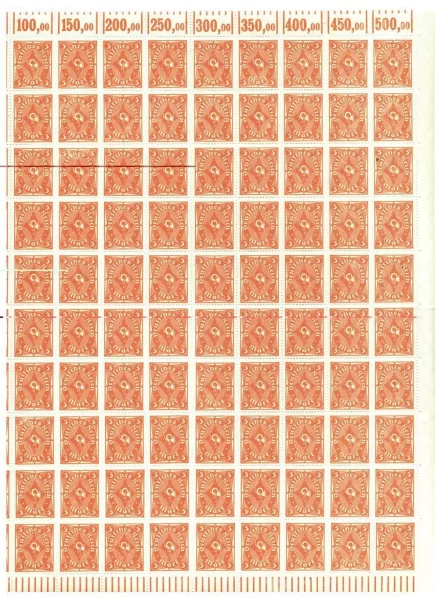
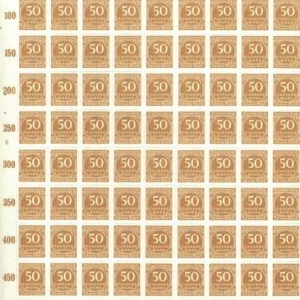
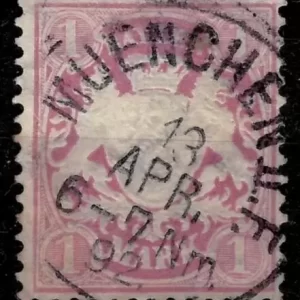

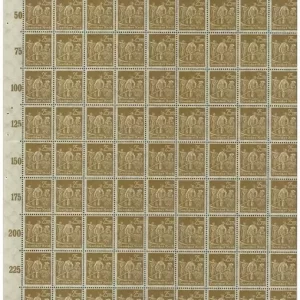
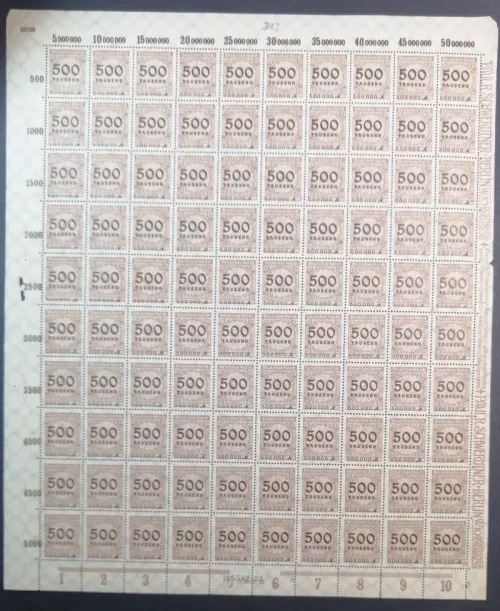

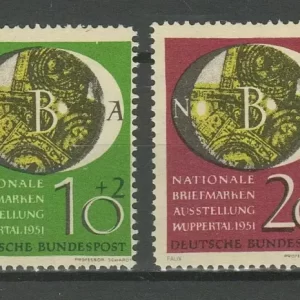
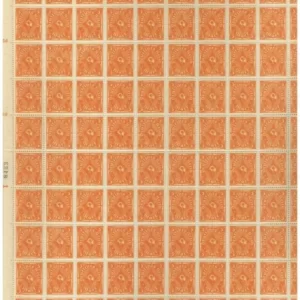
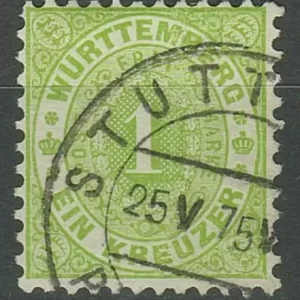
Reviews
There are no reviews yet.